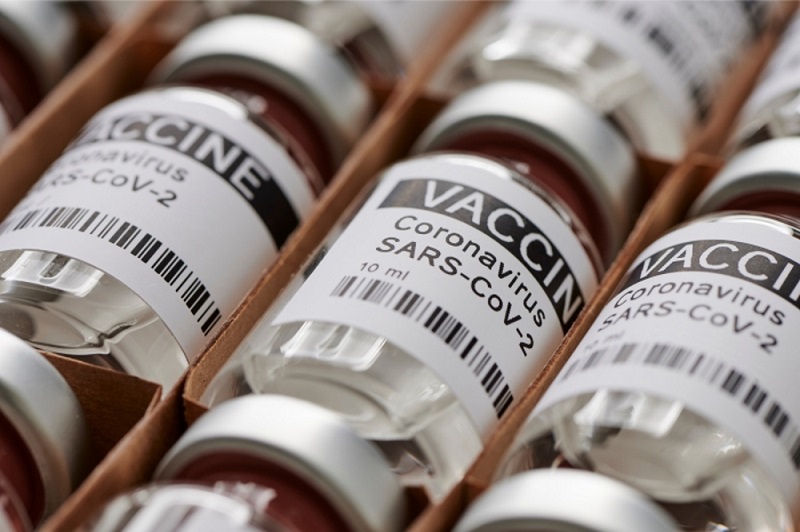Independent spend management company Jaggaer has highlighted the need for supply chain risk mitigation procedures within businesses following the difficulties surrounding the COVID-19 vaccine distribution experienced in Europe and America.
Countries worldwide, including many in Europe, have been put under considerable strain as demand for the vaccine has considerably outpaced supply. According to data tracked by Bloomberg, some 4.25 million doses are being given daily, with Israel, the UAE, Seychelles, and the UK leading the way in terms of doses per 100 people.
 Thomas Dieringer, President for Europe Middle East and Africa, Jaggaer said: “With any supply chain, it is vital to be aware of the risks and everything that could go wrong.
Thomas Dieringer, President for Europe Middle East and Africa, Jaggaer said: “With any supply chain, it is vital to be aware of the risks and everything that could go wrong.
“National security issues, poor coordination, limited capacity, misinformation, shortage of personnel, vaccine damage and logistical difficulties in reaching rural areas have all contributed to the challenges faced by many countries.
“Supply shortages to make the vaccine has been perhaps one of the major issues. Distribution has been hampered by the drug makers inability to produce the number of vaccines initially planned. The vaccine comprises several components and raw materials that have been subject to a fragile supply chain, built at record speed. Understandably delays have occurred because of setting up supply chains while still developing the vaccine.”
According to Jaggaer, there are several critical supply chain mitigation steps to address the issue. These revolve around business impact analysis, assess, and monitor existing suppliers, reduce the concentration of supply, work together with suppliers, and proactively manage supply chain threats.
COVID-19 has had far-reaching impacts on a range of business around the world, according to research released by the Institute of Supplier Management in the whitepaper, COVID-19 and Supply Chains: Increasing impacts, decreasing revenues, 95% respondents, stated that their supply chains have been or will be impacted by COVID-19’s spread.
Furthermore, the results also revealed that one in five stated continuity disruption as one of the top three impacts.
“Understanding when the supply chain has been impacted, and indeed what suppliers have been impacted is crucial. However, perhaps even more important is a system that supports finding alternatives to ensure any disruption is minimised,” said Dieringer.
Greater visibility into supply, not just immediate sources such as distributors, but visibility into upstream suppliers of materials and components is crucial. In turn, distributors need to understand the demand from their customers better and share this knowledge with manufacturers. The crisis has illustrated the need for broad visibility into both demand and supply across the entire system.
Organisations must utilise digital supply networks rather than relying on the conventional linear supply chain model to achieve greater visibility. Digital supply networks are dynamic and integrated and will increasingly rely on artificial intelligence technology to provide fast and continuous information and analytics flows. This can empower organisations to stay connected with their entire supply network and deal with major disruptions such as those caused by COVID-19.
There also needs to be greater cooperation at a local, regional, and international level to develop contingency plans to prepare for the next crisis.
“Although none of us could have prepared for COVID-19, one thing we have seen is those businesses who invested in procurement technology are those that have been able to adapt quickest, pivot and ensure business continuity,” he concluded.

